15 Wild Honey Badger Fun Facts!
These fearless badger relations are notoriously mean and they’re tough as old boots. Here are 15 awesome facts about the grumpy honey badger!
They’re mean, they’re aggressive, they sometimes stink and seem quite happy to fight a dangerous snake. While honey badgers are the last kind of animal you’d want as a pet – you absolutely cannot have them as a pet – it doesn’t stop us admiring them from afar!
Here are some awesome facts about these absolute rogues!
1. Honey badgers are NOT made of honey!
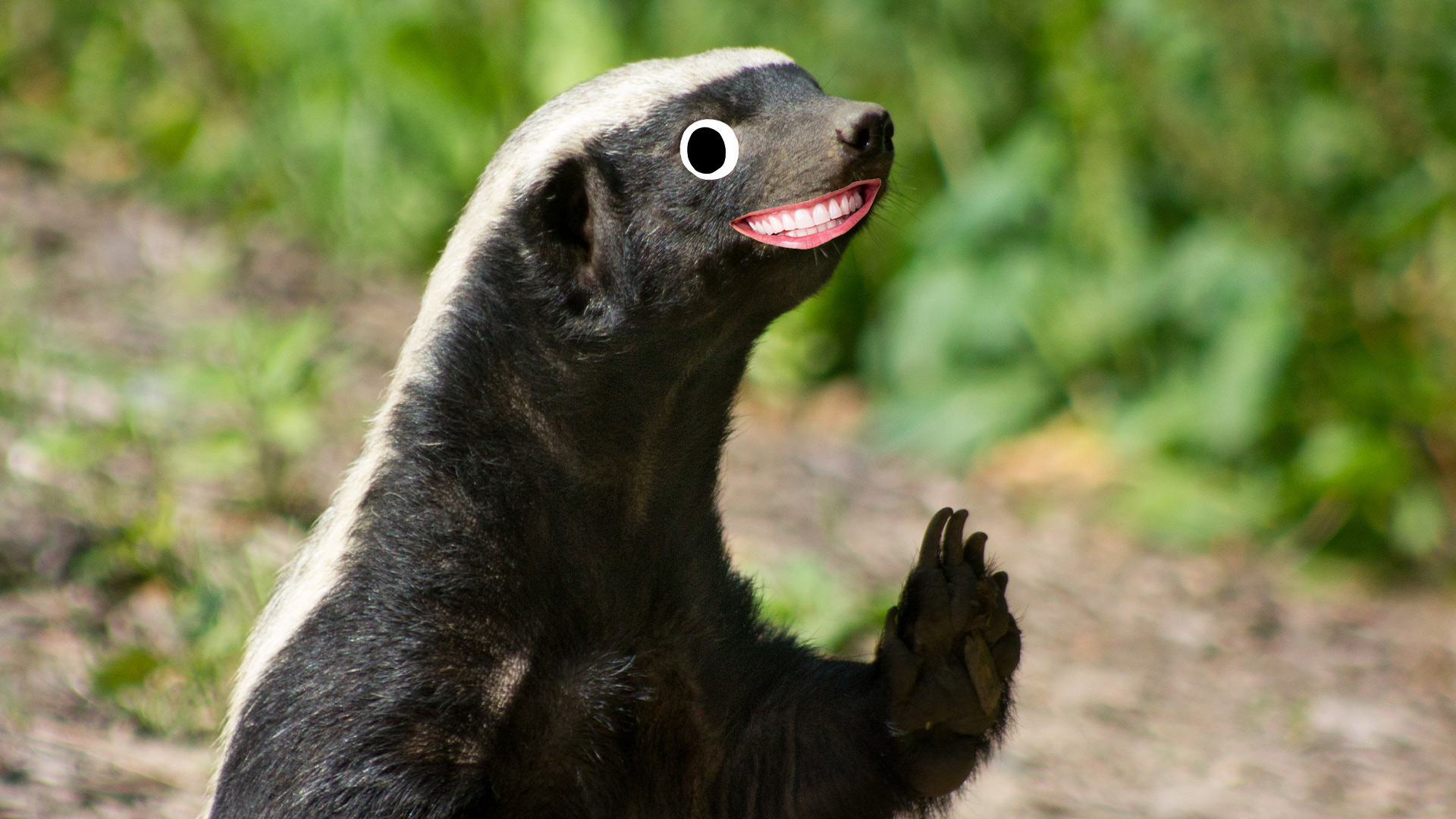
Honey badgers get their name as they love nothing more than feasting on honey and honeybee larvae. Their latin name is Mellivora capensis, which basically means ‘honey eater of the cape’, which is the Cape of Good Hope in South Africa. Their diet doesn’t just consist of honey; they munch on insects, birds, reptiles and fruit, too. They’re not exactly fussy eaters. They’d probably eat a bin if it had a dollop of honey on top.
2. They fart on bees!
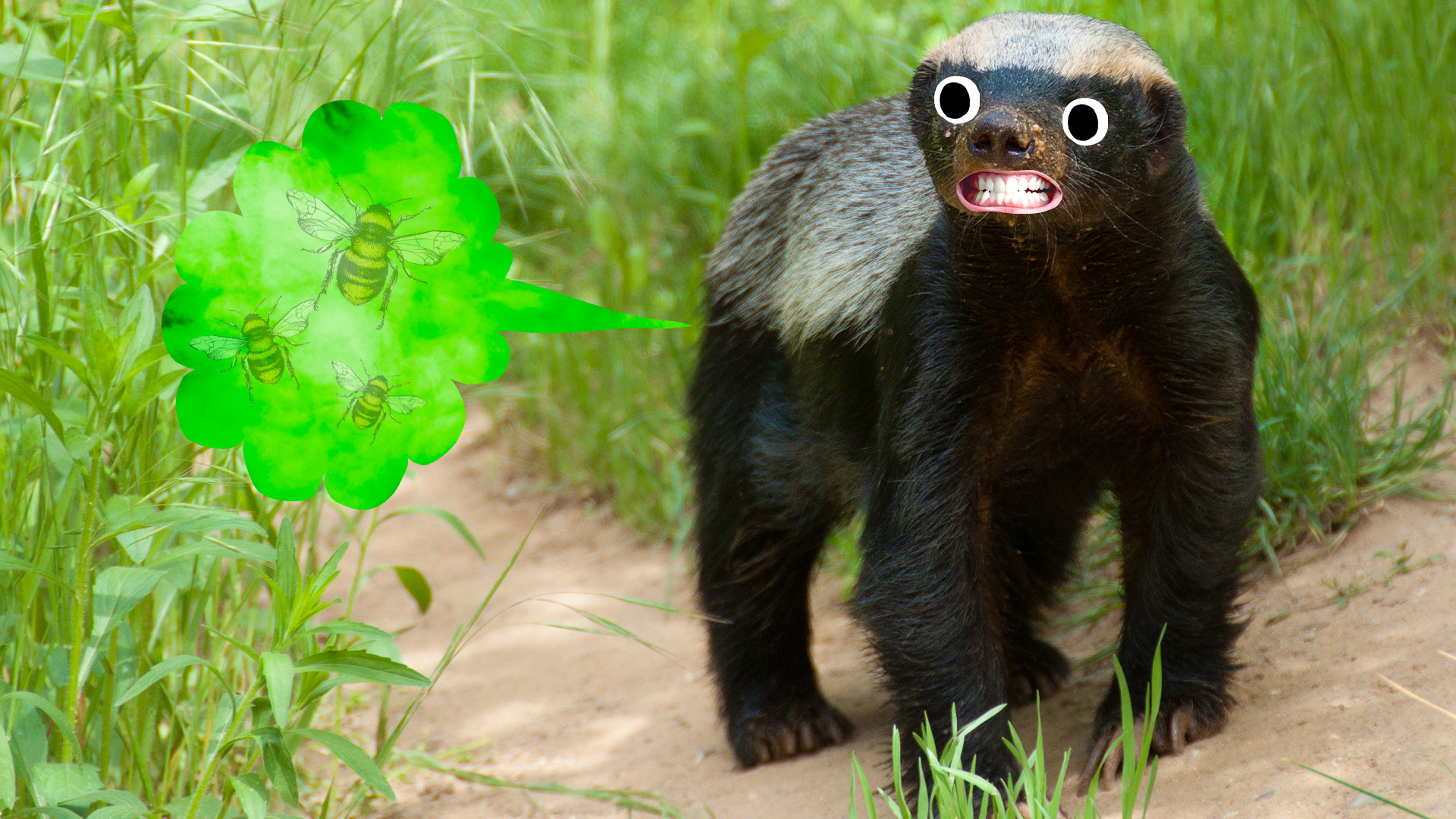
Honey badgers look like skunks, don’t they? They can also emit a stinky fart-like smell to mark their territory and also use their toxic guffs to stun bees so they can steal all their honey! Absolutely disgusting bee-haviour.
3. They’re born blind
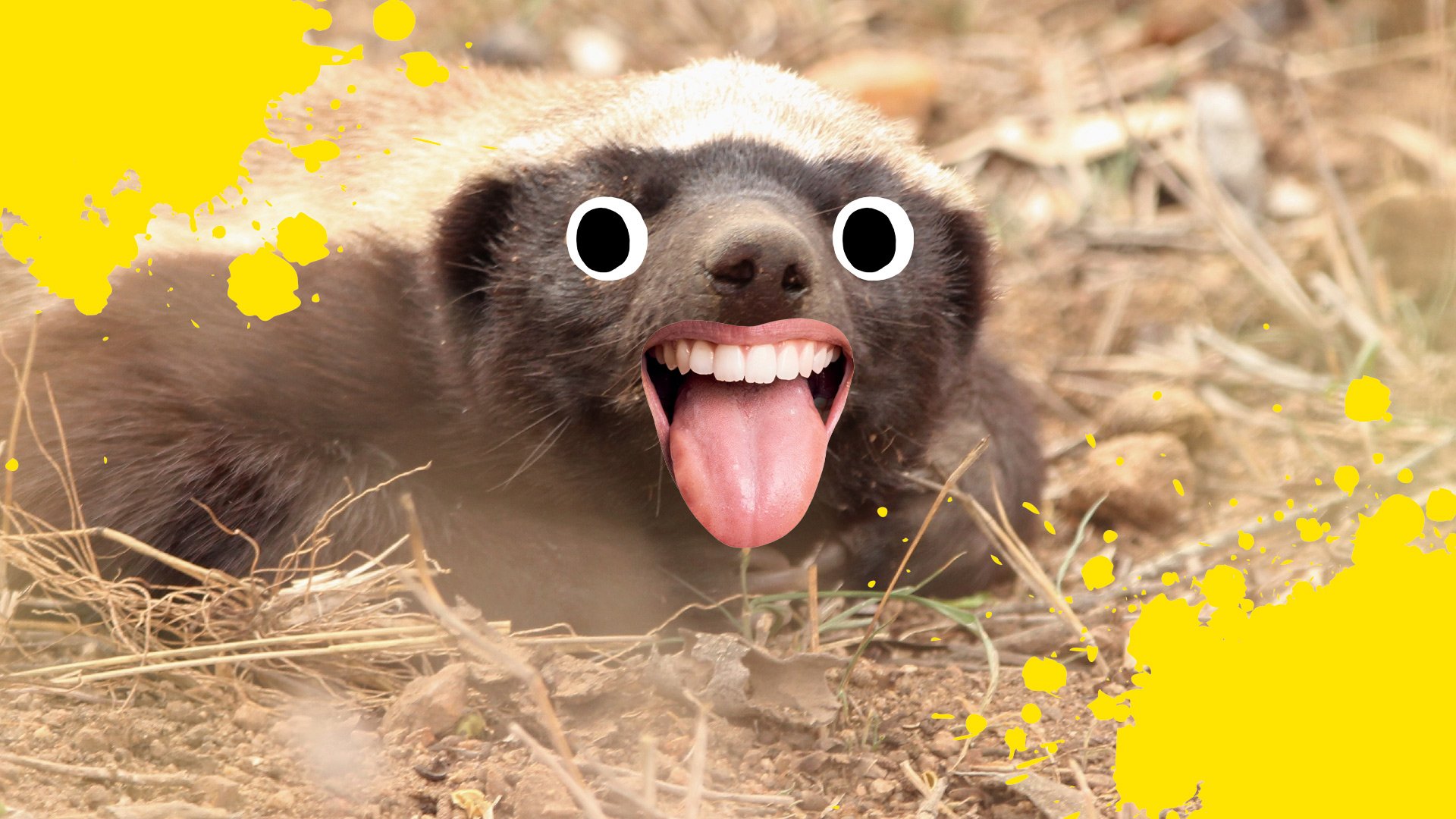
These badgers are born blind and when they mature, their eyesight doesn’t seem to improve that much. Their hearing isn’t great either, come to think of it. Luckily, honey badgers have a terrific sense of smell which helps them in the wild. They can even smell food that’s been hidden under the ground. So if you’re an animal in the wild and have a snack you want to save, best put it in a plastic box or something.
4. They prefer their own company
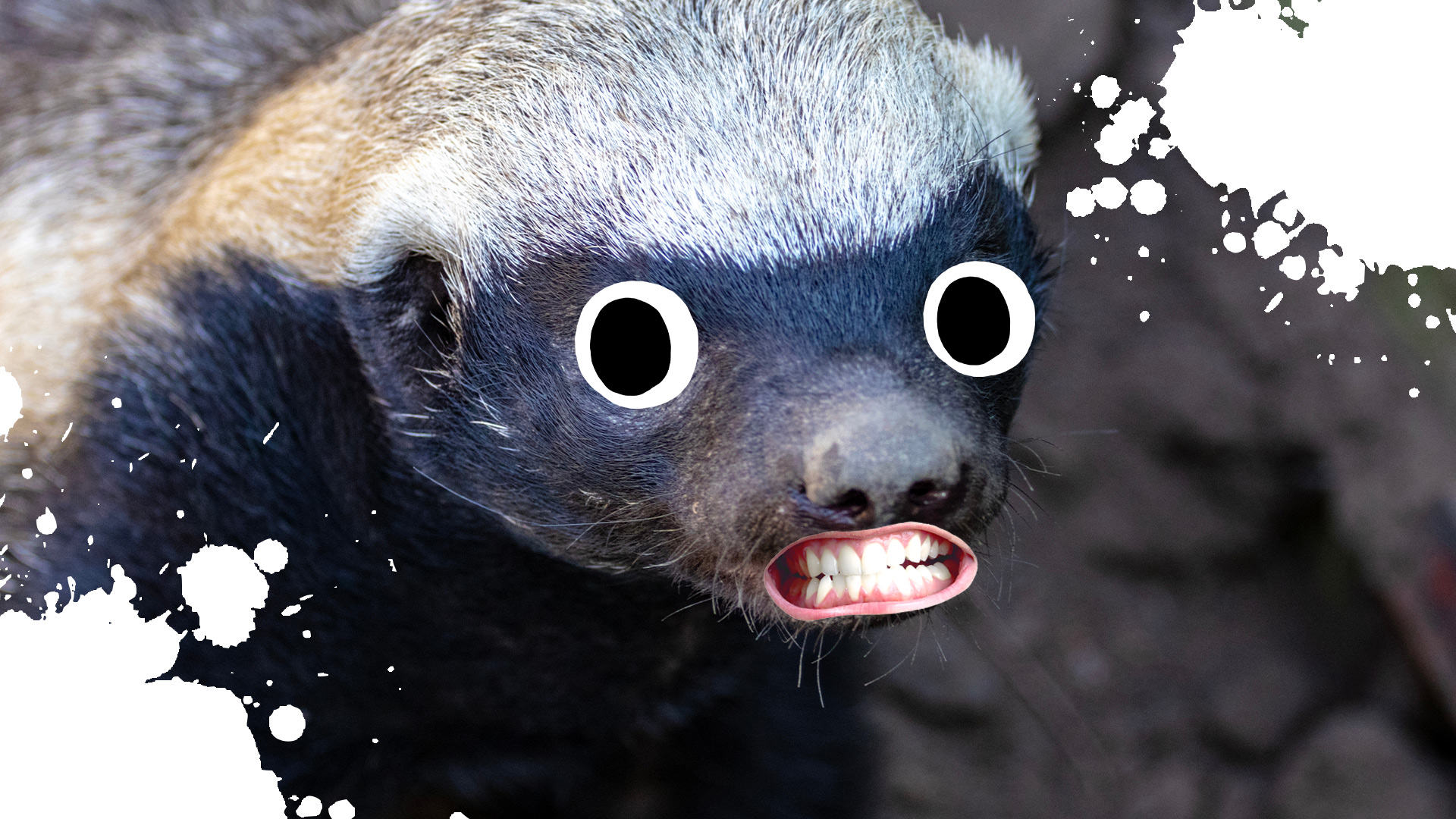
Honey badgers are a solitary animal, which means it prefers to be alone. You won’t see them in a gang, which is probably a good thing for other animals. That would be terrifying!
5. There are 12 types of honey badger

Honey badgers can be found in different parts of the world, including Africa, some of the Middle East, Asia, and the Indian subcontinent. Scientists say there are 12 different types of honey badger, who all have slight differences.
6. They’re aggressive
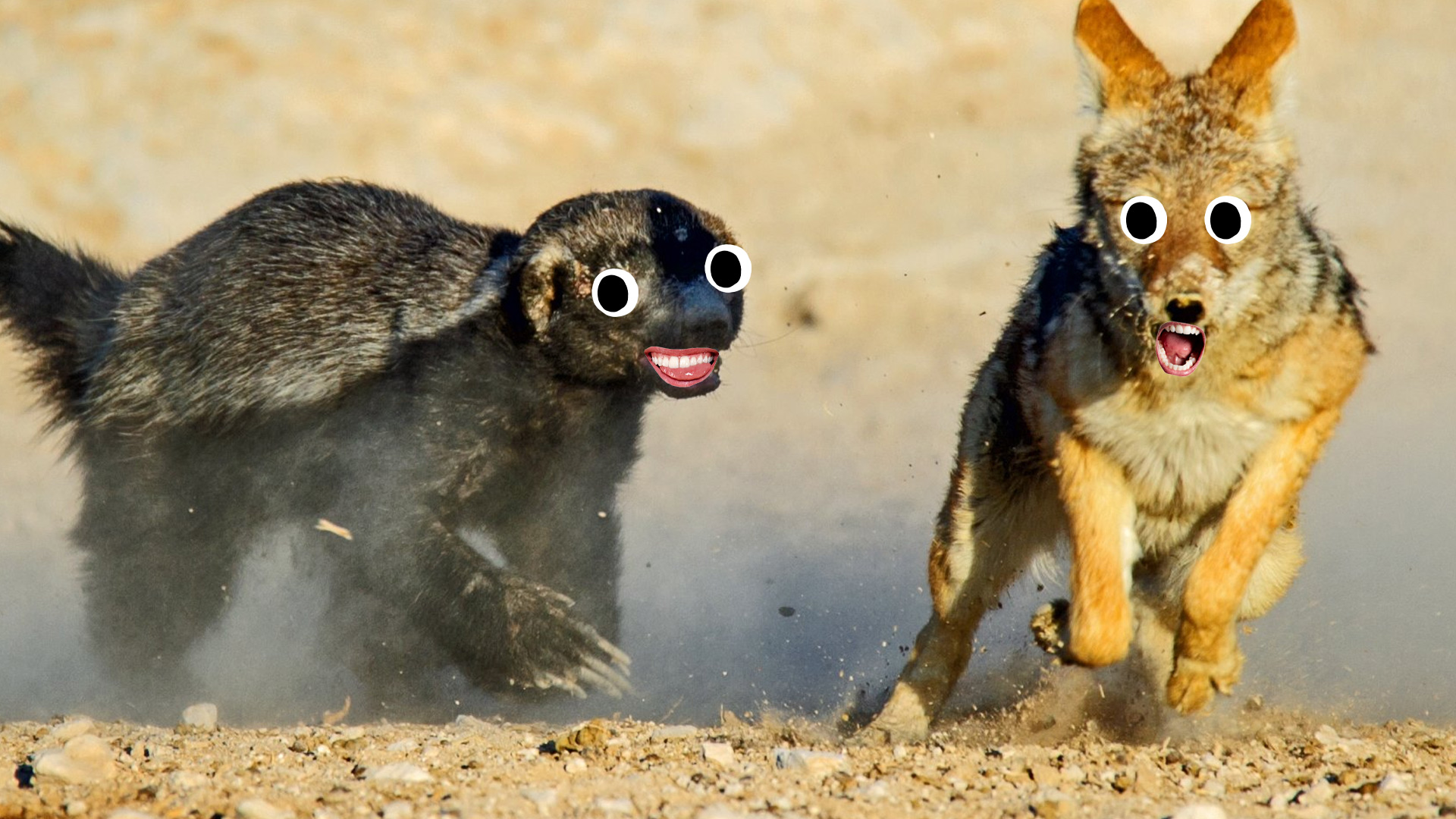
The honey badger has a reputation of being aggressive and mean, and will pick fights with other animals. When they feel threatened by another animal, then they will defend themselves with their strong teeth and sharp claws.
7. They’ve got loose skin
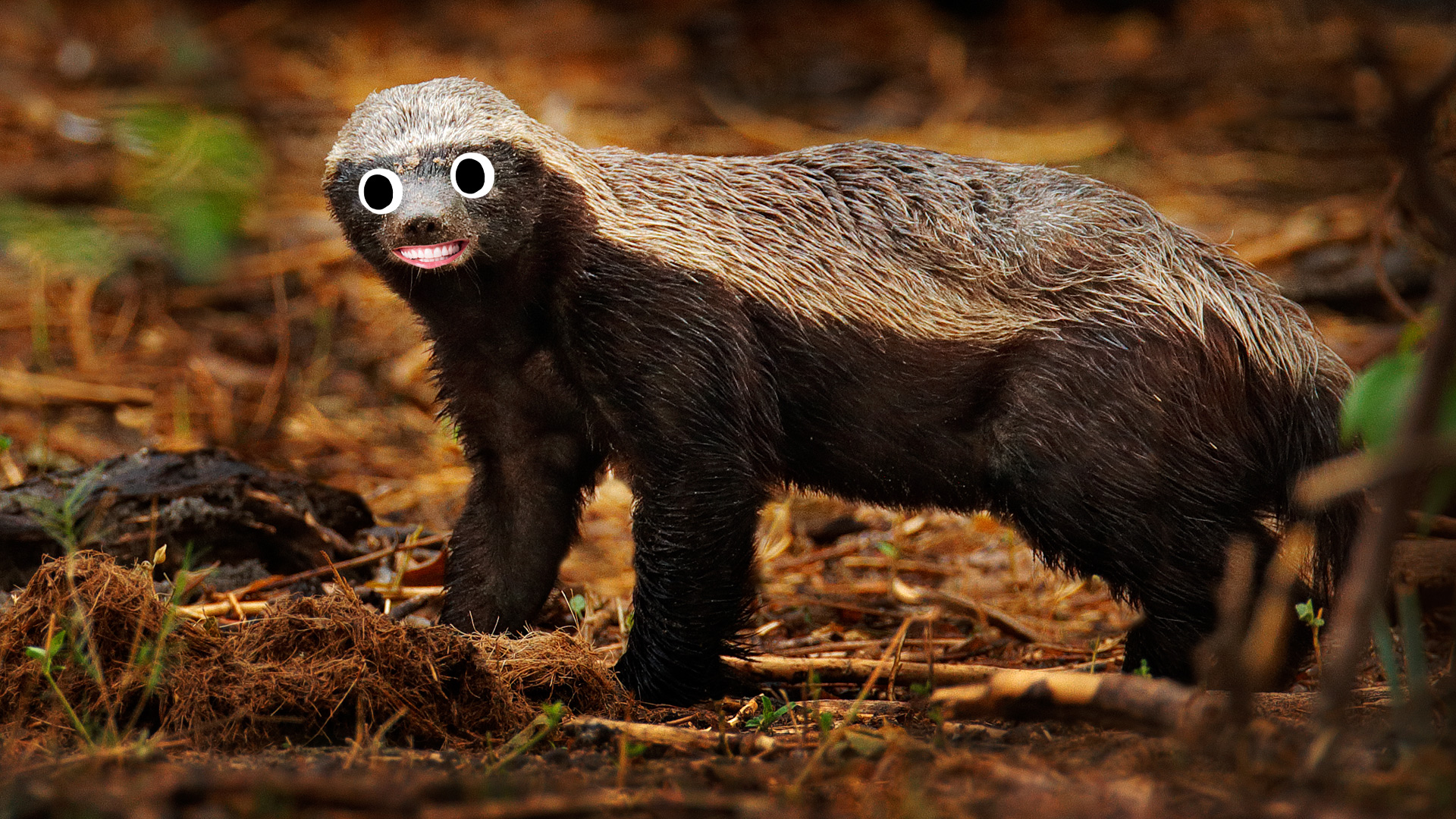
This might sound odd and make it sound like their skin is like a big cape, but it’s only a subtle difference to other animals. This loose, thick skin actually acts as protection if they’re involved in a fight. If another animal bites their skin and won’t let go, the honey badger can still move and fight back. It’s also thick enough to protect them from bee stings (think of how much honey they enjoy), porcupine spikes and snake bites!
8. They love to dig

Honey badgers have strong claws and powerful arms, which means it can dig tunnels fairly easily. When this animal wants to rest in safety, it will often dig a tunnel a few metres long and create a space for themselves.
9. They can handle a King Cobra bite
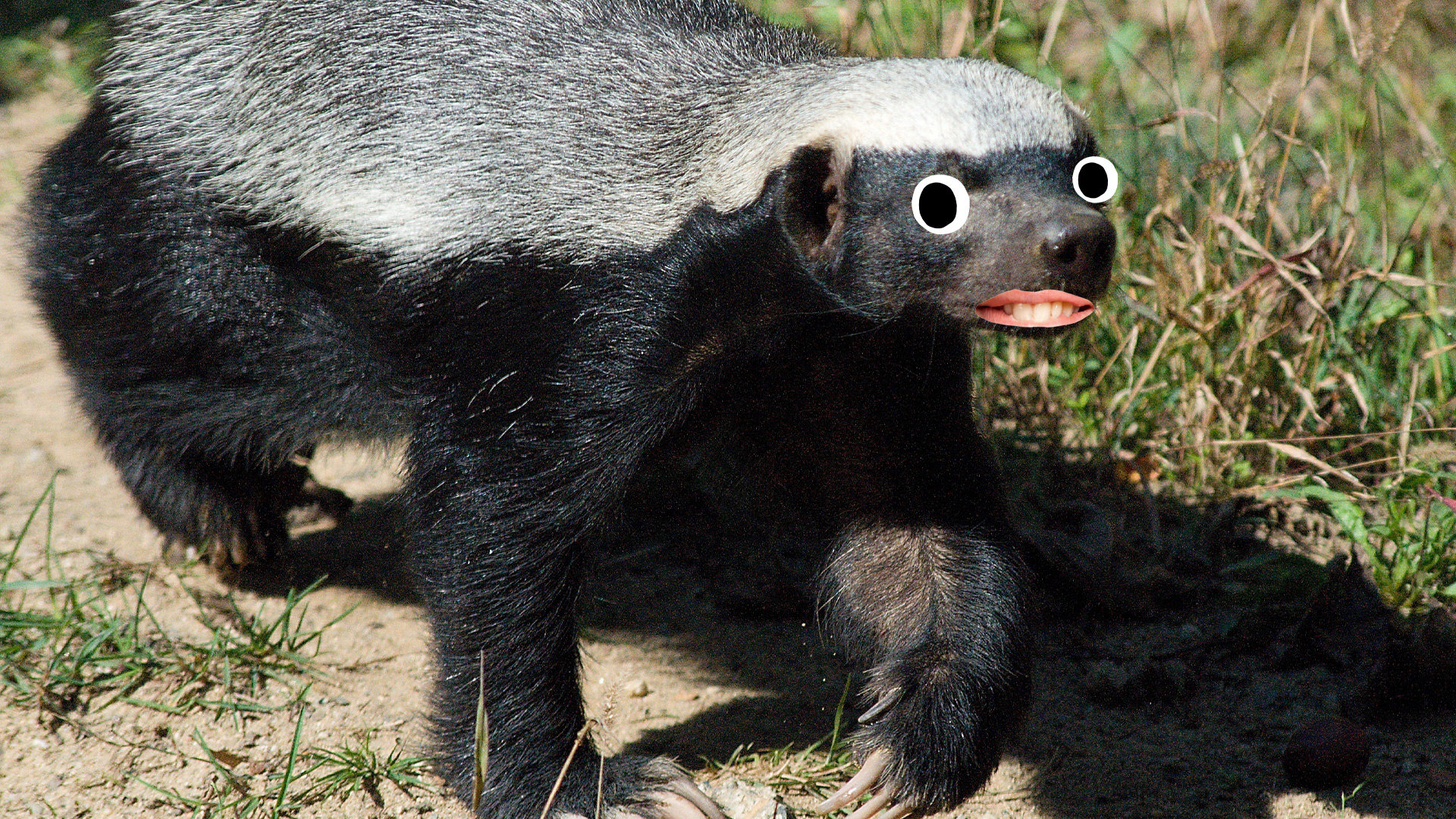
Experts say that honey badgers are fairly resistant to snake venom. As you know, the honey badger is partial to snake meat and will risk their lives when hunting for their prey. Biologists have studied these mammals and noted that their immune system seems to be built to defend itself from paralysing snake venom where other animals would not stand a chance.
10. They have very strong teeth
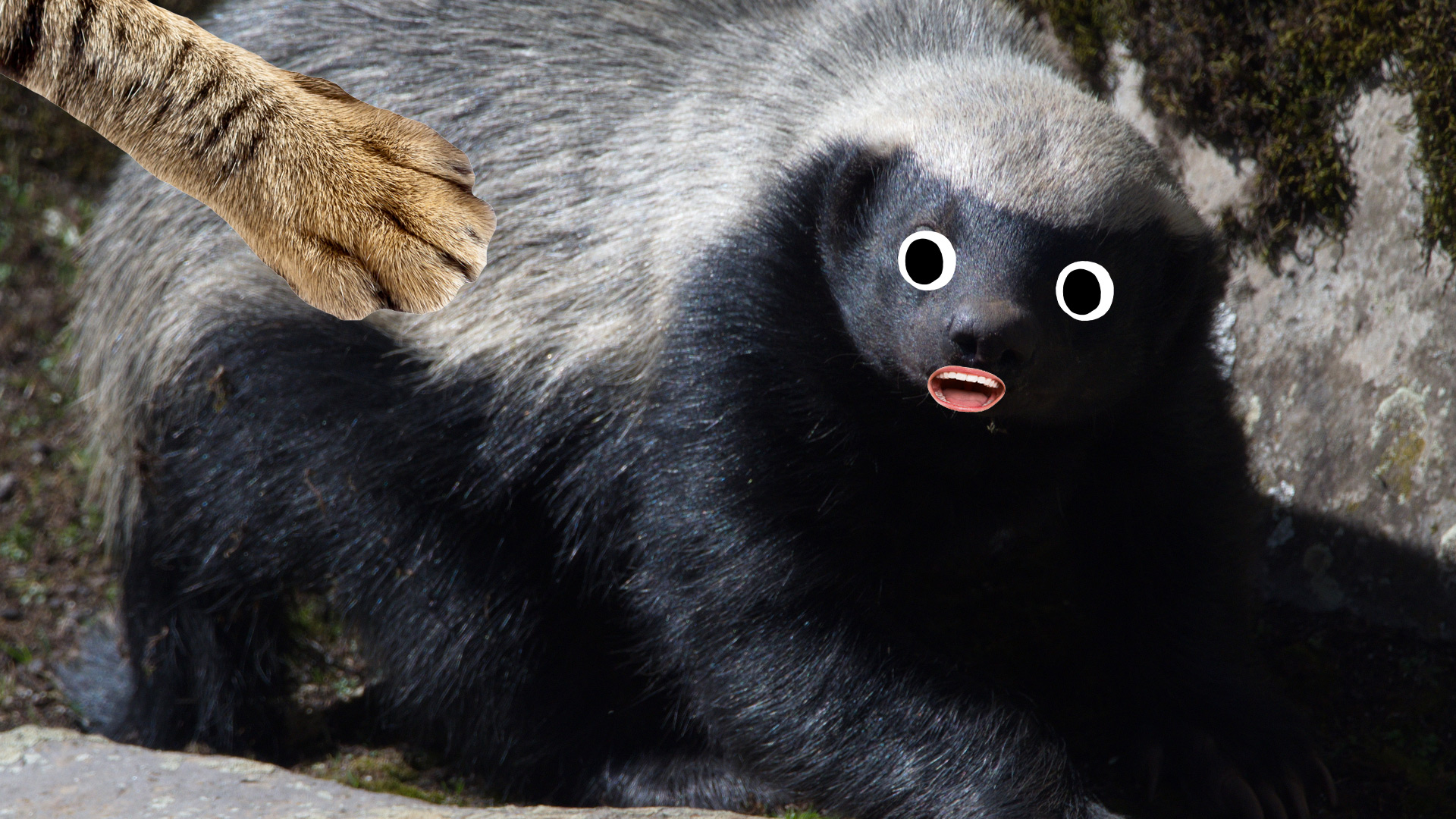
A honey badger’s bite is very powerful and they’ve been known to bite through a tortoise shell – and even a metal lock!
11. They’re quite small!
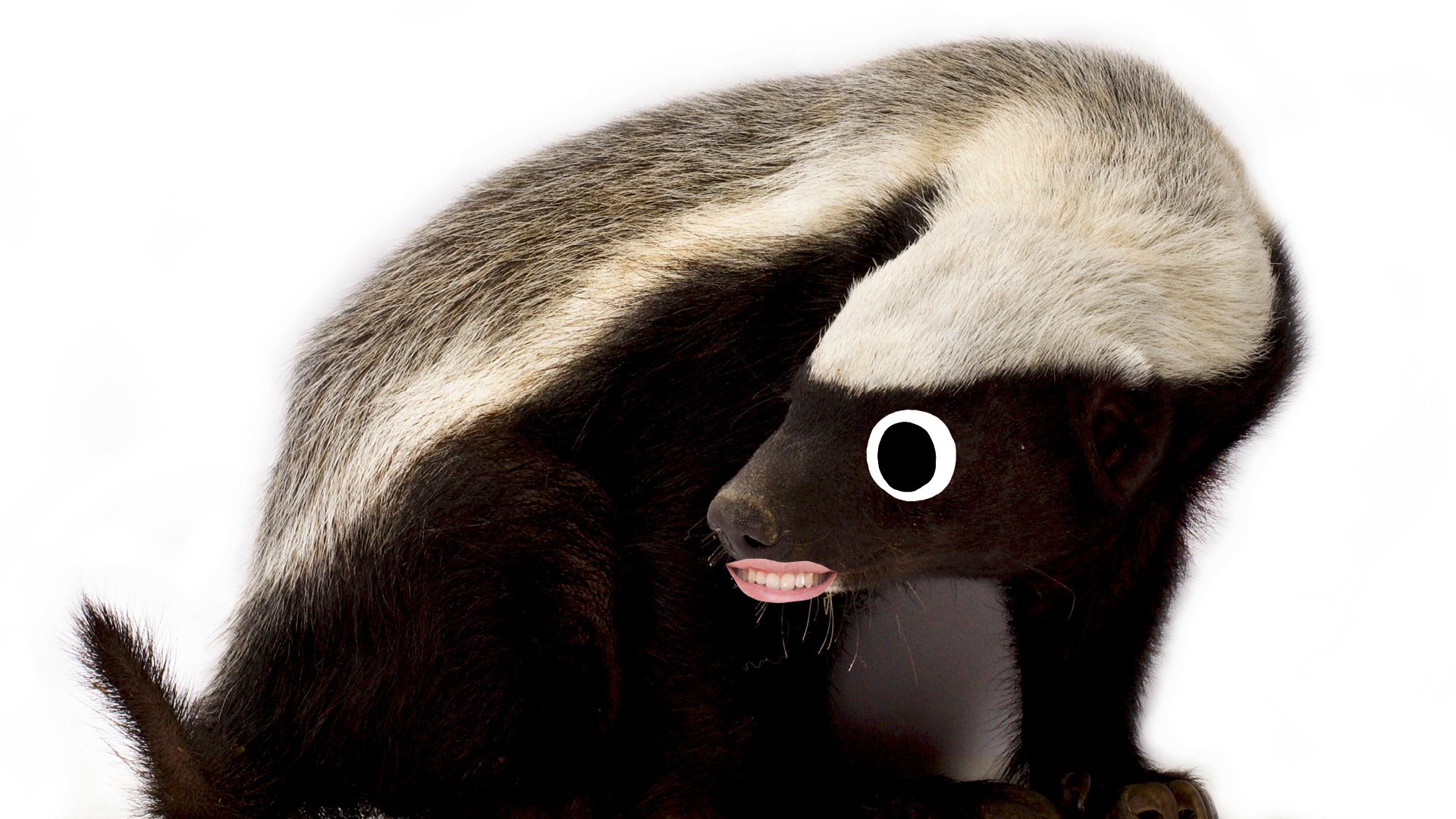
A typical honey badger is quite small, and measures up to 28cm tall (shoulder height) and they’re around 77cm long. But despite their small size, they’re a formidable creature in the wild!
12. They make a rattling sound
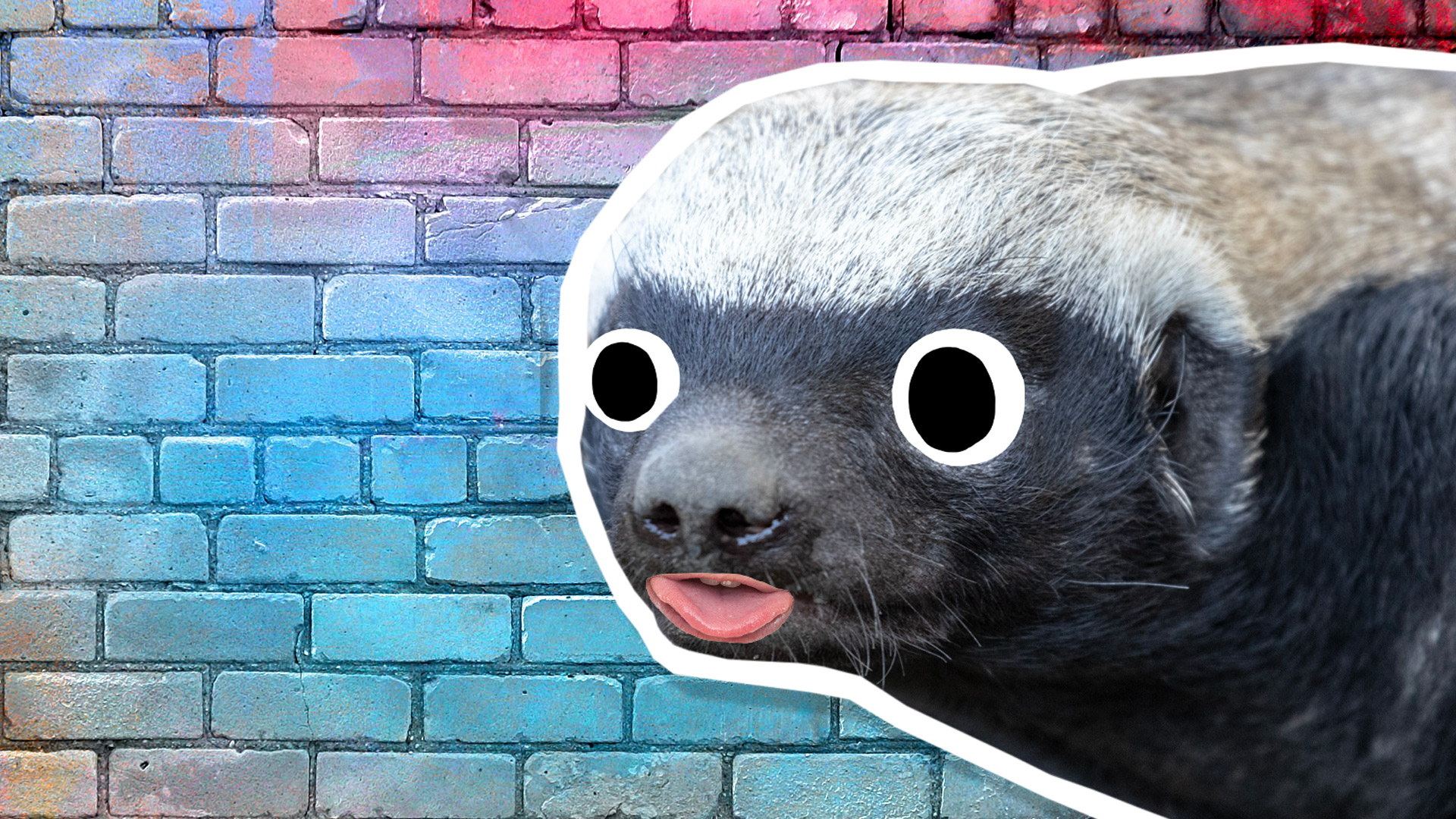
Honey badgers are also known as ratel, which is an Afrikaans word for rattle. A honey badger will make a rattling sound to warn other animals that they’re not happy but ready to fight.
13. They’re not scared of lions
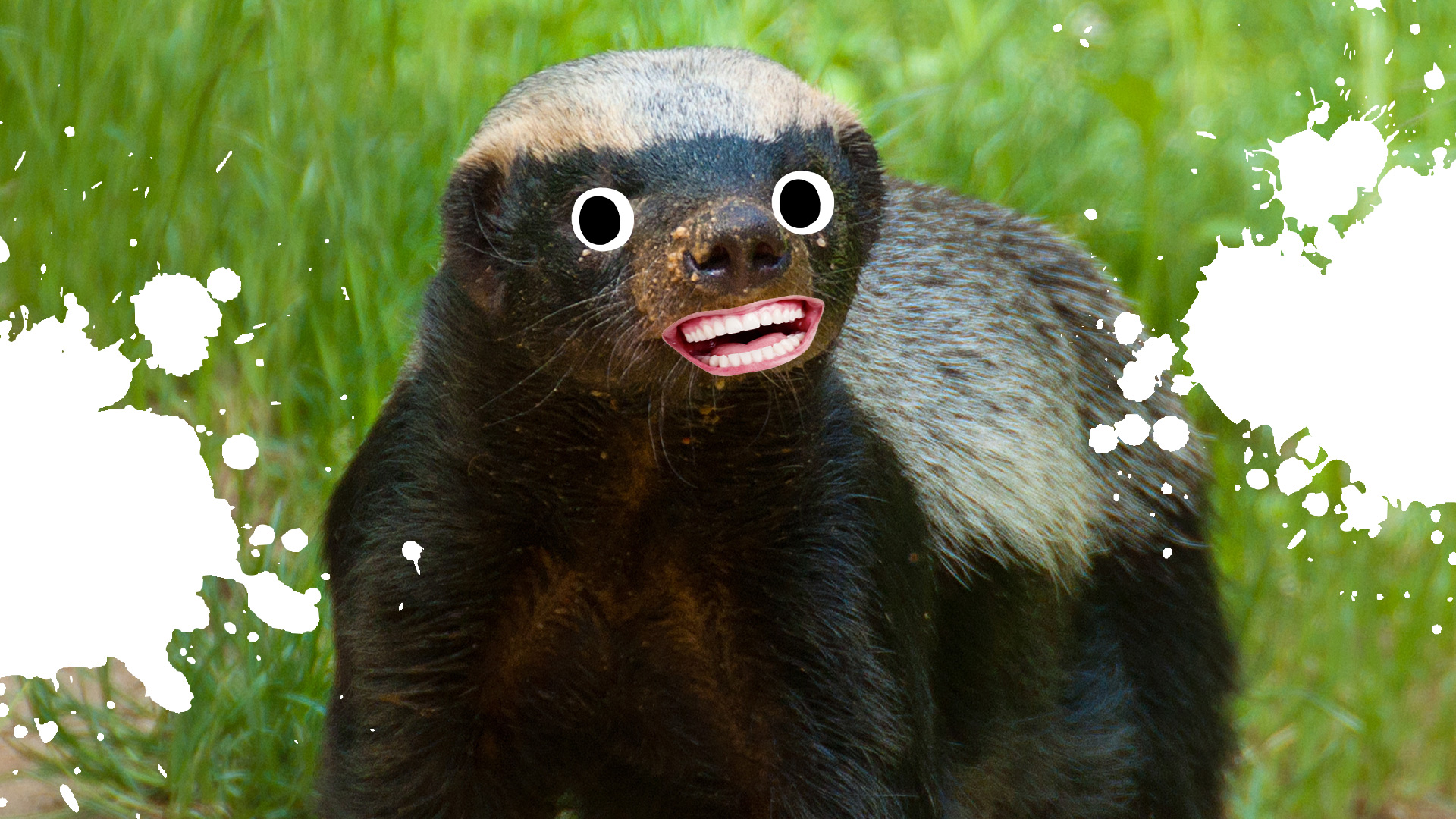
Honey badgers have a reputation for being fearless and will defend themselves no matter what. They’ve been known to steal a lion’s food, too. This is both cheeky and dangerous. Don’t ever steal a lion’s snack.
14. Their ears are hidden
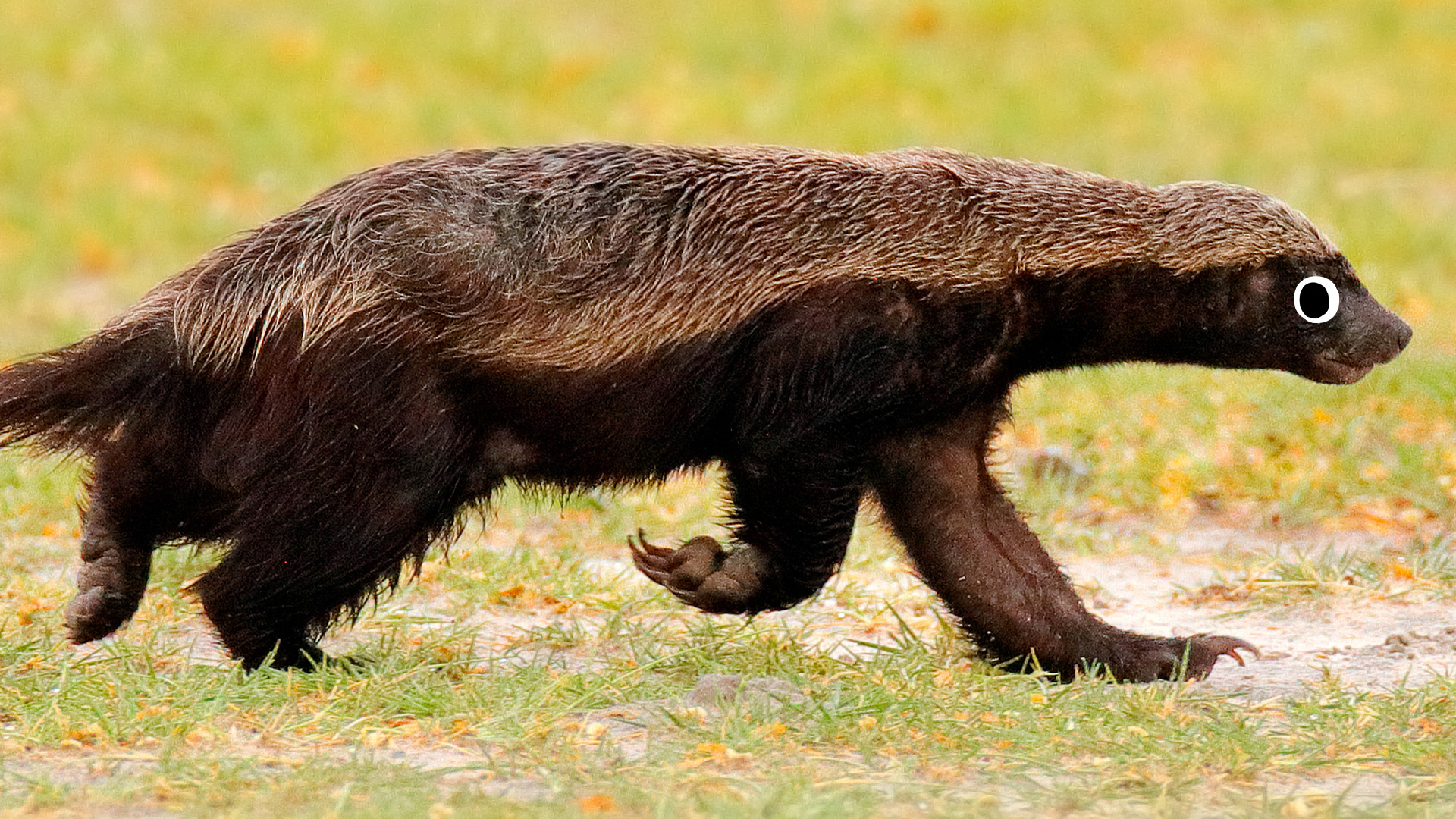
Honey badger ears are hidden away on the side of their head and can be spotted if you look really closely. It’s thought that this benefits them if they’re caught in a fight with another predator and prevents unnecessary injury. They can’t wear sunglasses comfortably though.
15. Honey badgers are related to badgers – sort of
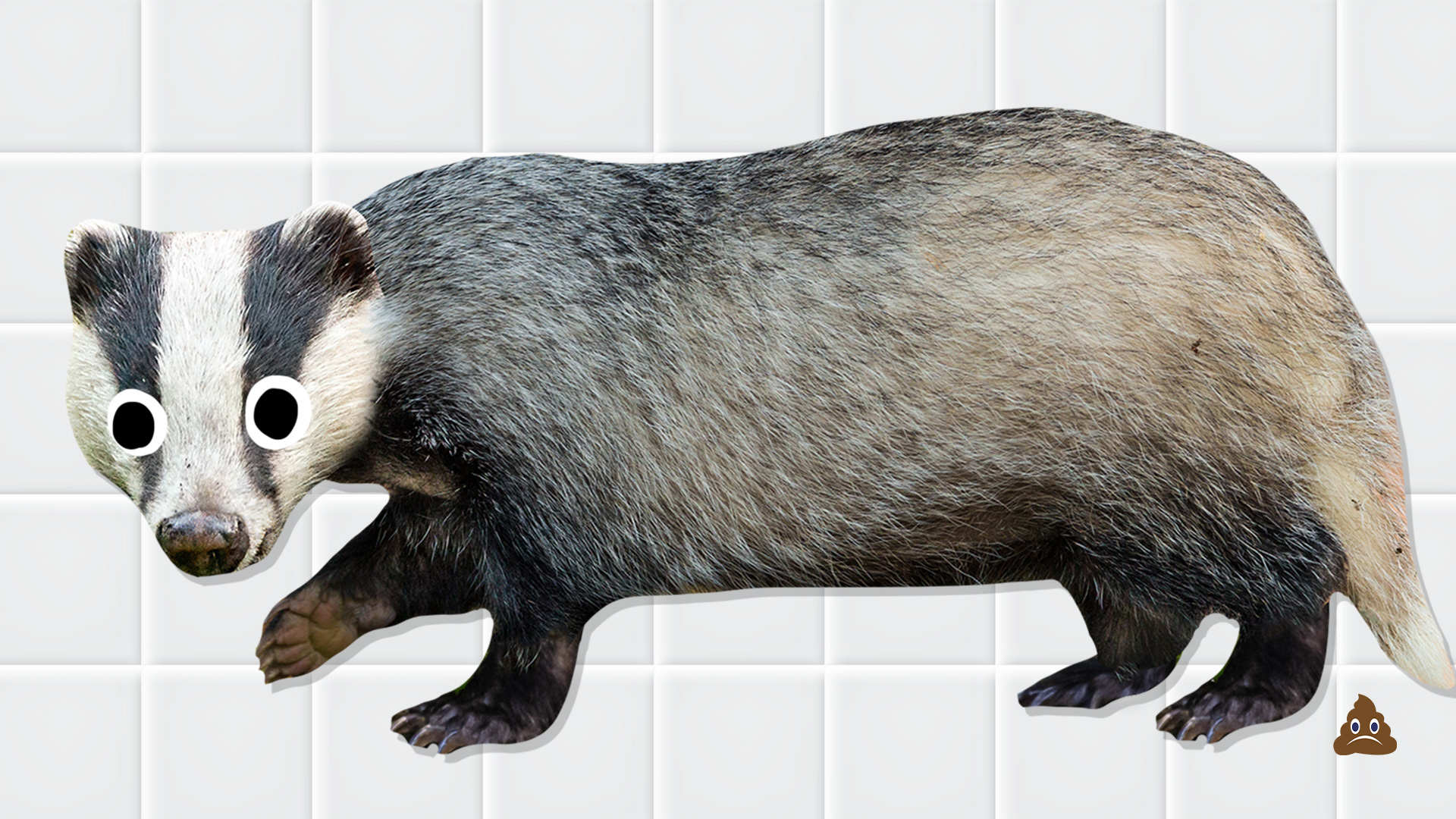
While they share the same name, honey badgers and badgers aren’t that closely related. They’re sort of like distant cousins. In fact, while they’re linked to otters, ferrets and skunks, they’re most closely related to martens, which are a bit like weasels.















